Mi is az a páramentesítő?
A páramentesítő egy háztartási készülék, amelyet arra terveztek, hogy csökkentse és szabályozza a páratartalmat egy szobában vagy egy zárt térben. Úgy működik, hogy beszívja a nedves levegőt, kivonja belőle a felesleges nedvességet, a száraz levegőt pedig visszaengedi a helyiségbe. A páramentesítőket gyakran használják magas páratartalmú helyeken, például alagsorban, fürdőszobában és mosóhelyiségben, ahol kiemelten fontos a kényelmes és egészséges környezet fenntartása.
A páramentesítő használata számos előnnyel jár, különösen a penészgombához és a köhögéshez kapcsolódó problémák leküzdésében. A levegőben lévő túlzott mértékű nedvesség penészgombák és lisztharmat megtelepedéséhez vezethet, ami allergiát és légzési problémákat okozhat. A páratartalom csökkentésével a páramentesítők gátolják a penészgombák megtelepedését és enyhítik az olyan tüneteket, mint a köhögés, tüsszögés és orrdugulás. Egészségesebb környezetet teremtenek az allergének csökkentésével és a beltéri levegő minőségének javításával.
A De'Longhi páramentesítőket az Allergy Standard Foundation* minősítette olyan termékként, amely megfelelő az asztmában és allergiában szenvedő emberek számára, lehetővé téve, hogy te és a családod könnyebben lélegezzetek, és kényelmesebben érezzétek magatokat.
Az egészséges otthon érdekében egyes páramentesítőink 4-funkciós szűrőkkel rendelkeznek, amelyek képesek összegyűjteni az egészségre káros légszennyező anyagok többségét. A levegőben lévő szennyeződések 99,96%*-ának eltávolításával, az olyan ultrafinom részecskék összegyűjtésével, mint a pollen, a por, a penész, a baktériumok és a háziállatok akár 0,1 mikron méretű szőre, csökkentik az asztma és az allergiás tünetek kialakulásának kockázatát.
Az applikáció penészgátló funkciója segít nyomon követni a páratartalmat. Könnyen nyomon követheted a funkciókat, a működési időt és az ajánlott értékeket annak érdekében, hogy megőrizhesd otthonodban az ideális páratartalmat.
Hogyan válasszunk megfelelő páramentesítőt egy adott szobához
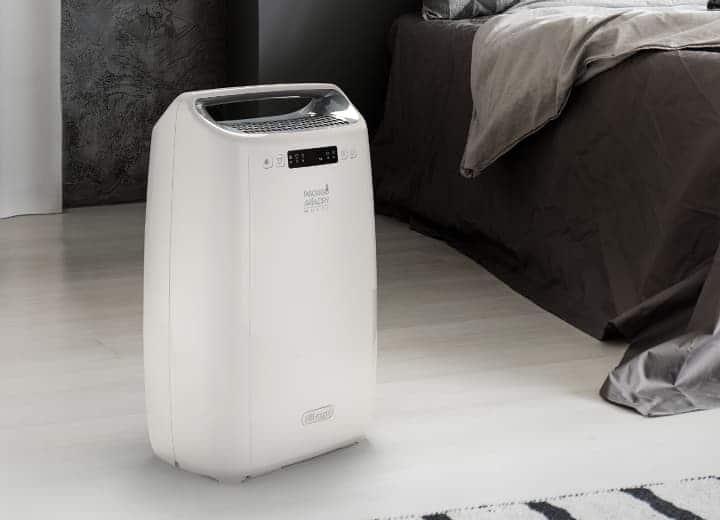
Hogyan válasszunk megfelelő páramentesítőt egy adott szobához
A páramentesítő hatékony beállításakor, első lépésként, figyelembe kell venni a helyiség méretét. A legtöbb páramentesítő rendelkezik állítható páratartalom beállításokkal, amelyek személyes kényelemre és az aktuális páratartalomra igazíthatók. Emellett, a helyiség mérete a páramentesítő kapacitásának meghatározásában is döntő szerepet játszik. A nagyobb helyiségek nagyobb teljesítményű egységeket igényelhetnek, míg a kisebb méretű helyiségek a kompakt modellek segítségével is megfelelően kezelhetők. A legtöbb De'Longhi páramentesítő alkalmas akár 85 m3-es szobákhoz is, de néhány modell még nagyobb, akár 150 m3-es terek páramentesítésére is használható.
Hogyan használd helyesen a páramentesítőt
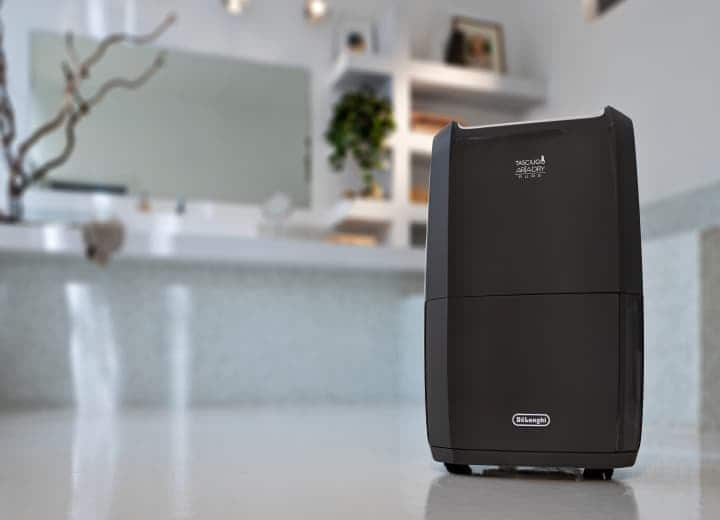
Hogyan használd helyesen a páramentesítőt
A páramentesítő megfelelő használata fontos a hatékonyság maximalizálásához, ezért elsőként mindig ajánlott a használati útmutató elolvasása. Így megismerhető, hogy milyen konkrét utasítások vonatkoznak a modell működésére, még a működtetés megkezdése előtt.
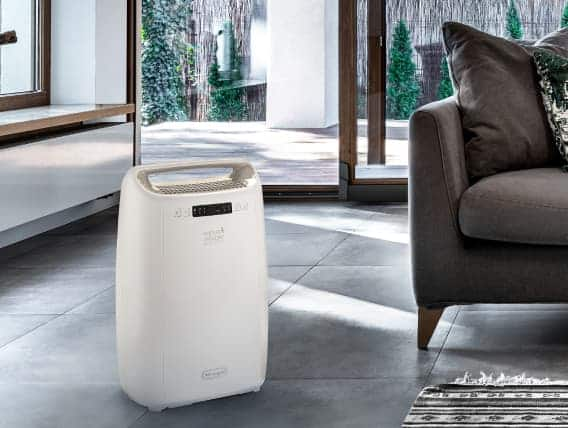
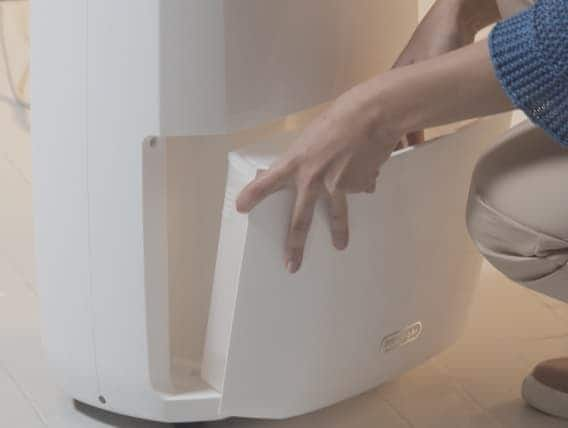
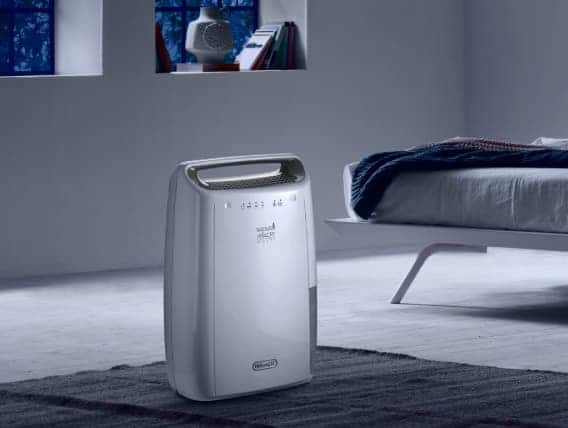
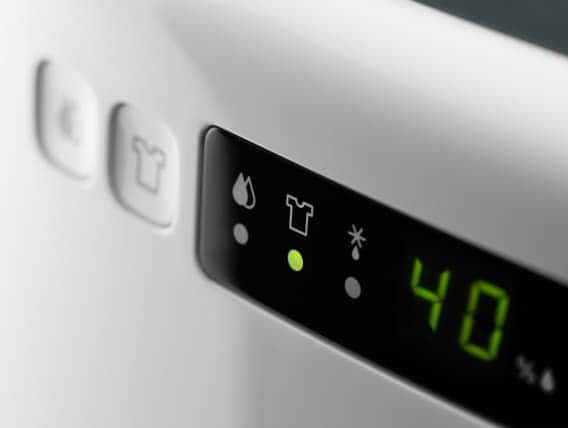
Κατανάλωση ενέργειας
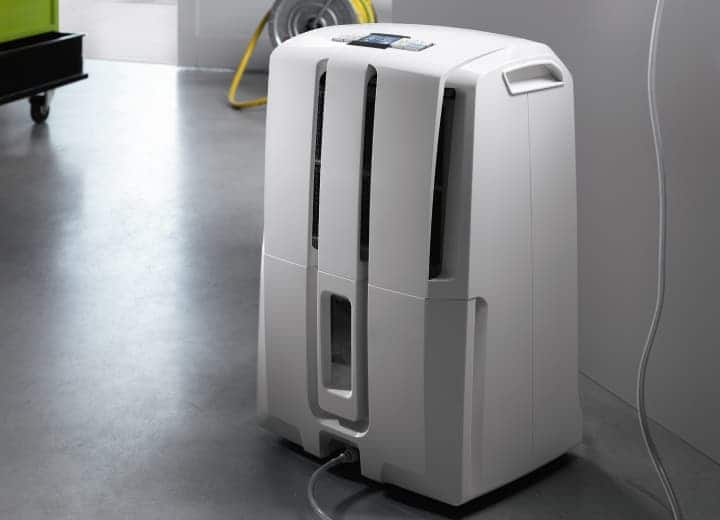
Κατανάλωση ενέργειας
Οι αφυγραντήρες καταναλώνουν διαφορετική ποσότητα ηλεκτρικού ρεύματος ανάλογα με το μέγεθος, την απόδοση και τη χρήση τους. Για να ελαχιστοποιήσετε την κατανάλωση ενέργειας, επιλέξτε έναν αφυγραντήρα με προσαρμόσιμες ρυθμίσεις. Αυτό σας επιτρέπει να προγραμματίσετε την απενεργοποίηση της συσκευής όταν επιτευχθεί το επιθυμητό επίπεδο υγρασίας. Η «λειτουργία κατά της μούχλας» βοηθά στην εξοικονόμηση ενέργειας βελτιστοποιώντας τους χρόνους λειτουργίας. Παρακολουθεί την υγρασία του δωματίου σε σύγκριση με το ρυθμισμένο επίπεδο υγρασίας, καθώς και τους χρόνους λειτουργίας, και δίνει μια πρόταση για την εξάλειψη της υπερβολικής υγρασίας.
Καθορίζει αυτόματα και επιτυγχάνει την τέλεια ισορροπία μεταξύ θερμοκρασίας και υγρασίας σε κάθε δωμάτιο του σπιτιού για να εγγυηθεί τη ζώνη άνεσής σας.
Μια απλή οθόνη επιτρέπει στον καταναλωτή να παρακολουθεί για πόσο χρονικό διάστημα λειτουργεί ο αφυγραντήρας και πόσο έχει μειώσει την υγρασία.
Melyik a jobb: Páramentesítő vagy légkondicionáló?
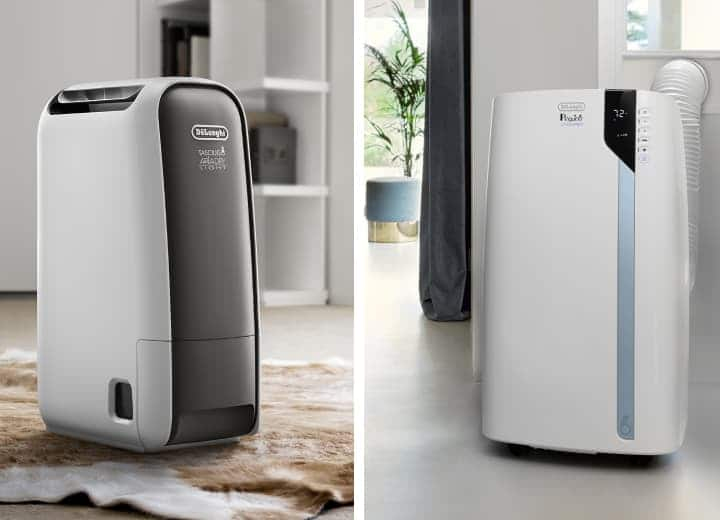
Which is Better: Dehumidifier or Air Conditioner?
Dehumidifiers and air conditioners serve different purposes, although they both contribute to a comfortable indoor environment. Air conditioners primarily cool the air. On the other hand, dehumidifiers focus specifically on reducing humidity levels without lowering the temperature. If your main concern is high humidity, a dehumidifier is the ideal choice. However, in hot and humid climates, using an air conditioner with dehumidification capabilities can provide a comprehensive solution.
*Third party organisation test on MPPS particles according to EN 1822:2010. Efficiency referred to particles of 2.5 μm size at 80 m3/h speed – dehumidification and filtration active.